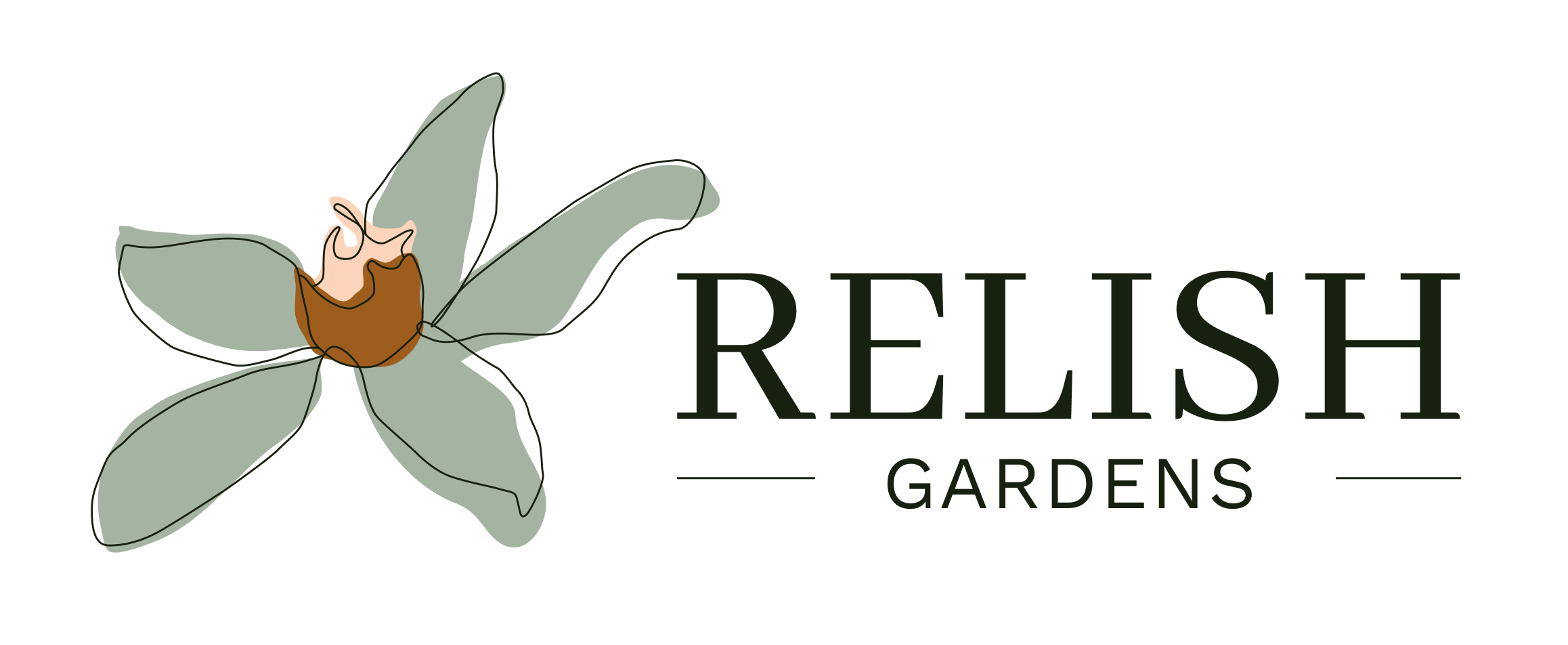
Antoine de Saint-Exupéry once wrote, “Perfection is achieved, not when there is nothing more to add, but when there is nothing left to take away.” This philosophy applies beautifully to garden design. Like any creative endeavor, gardens often start as collections of everything we love—every plant, idea, and feature we’re excited to incorporate. But truly great gardens, like well-designed spaces, rely on refinement. Editing is the art of knowing what to remove to allow what remains to shine.
Editing as the Heart of Garden Design
Gardens are places of connection—between people, plants, and the environment. Whether your garden is for gathering, relaxing, or supporting wildlife, its success depends on thoughtful choices and ongoing adjustments. Even naturalistic styles, like meadow gardens, require careful curation. Without editing, they can become chaotic, with one plant overpowering others and disrupting the balance.
The idea that “less is more” doesn’t mean gardens can’t be lush and abundant—it means that by removing what doesn’t fit, we highlight what truly matters. A garden is strongest when every element contributes to its story.

Applying the Art of Editing to Your Garden
1. Start with Purpose
Just as an interior space is designed for function, a garden should begin with clarity. Ask yourself:
- Who will use the garden? Family, friends, pets, or wildlife?
- How will it be used? For entertaining, relaxing, growing food, or playing?
- What is its focus? A serene retreat, a dynamic gathering spot, or a productive food space?
Defining your garden’s purpose makes every decision easier.
2. Assess What You Have
Before adding more, take stock of what’s already there. Ask:
- Which plants and features enhance your vision? Which detract from it?
- Are there areas that feel overgrown, cluttered, or disconnected?
- What physical features are staying because of expense or preference?
- How do the natural conditions—sun, shade, soil—shape your options?
- Sometimes, editing means letting go of elements that don’t serve the bigger picture, even if they’re beautiful on their own.

3. Build a Cohesive Palette
- Start with greens: Decide whether to embrace a wide range (chartreuse, blue-green, forest green) or stick to a minimalist palette.
- Add complementary elements: Choose hardscaping materials that enhance your greens and fit your garden’s style.
- Select bloom colors intentionally:
- Complementary colors (e.g., purples and yellows) add bold contrast.
- Analogous colors (e.g., blues and greens) create harmony.
- Monochromatic schemes (e.g., various shades of one color) offer simplicity and elegance.
4. Edit with Intention
Editing is where your garden begins to take shape. Regularly ask yourself:
- Does this plant or feature align with the garden’s purpose?
- Does it enhance the design, or does it feel unnecessary?
Letting go of a plant or feature can transform your space. Rehoming plants to friends or community spaces can help ease the guilt of editing.
The Continuous Edit
Gardens, like any creative work, evolve over time. Editing doesn’t stop once the initial design is complete. Seasonal pruning, dividing, and replanting are all part of the ongoing process. Even in wild-inspired spaces, editing ensures harmony by preventing invasive plants from overtaking desired species.
Think of your garden as a living work in progress. Each season offers a chance to refine, reimagine, and reconnect with your vision.
From Good to Great
By applying the principles of thoughtful editing, you can create a garden that’s not only beautiful but deeply meaningful. The best gardens, like the best designs, are those where every element has a purpose. By focusing on what truly matters and letting go of what doesn’t, your garden can become a space that inspires and endures.







